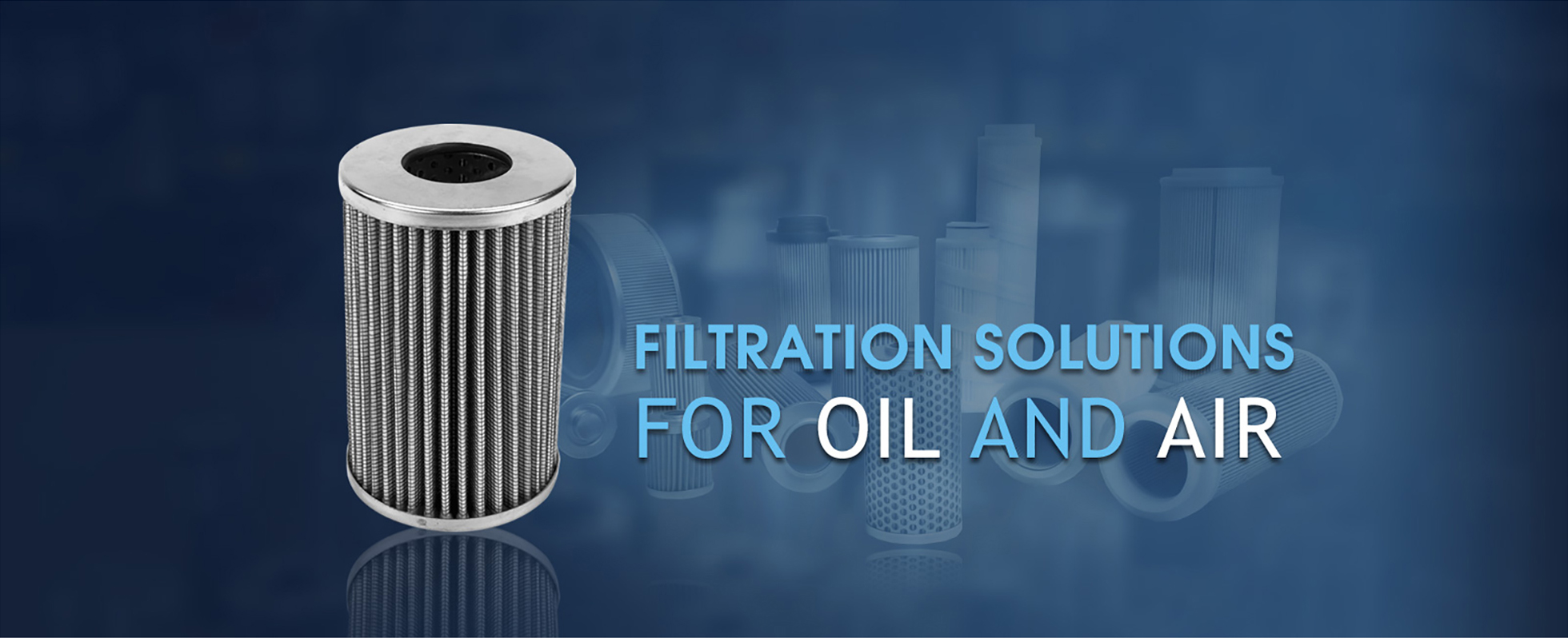
10 月 . 17, 2024 06:44 Back to list
taper rolling
Understanding Taper Rolling A Vital Process in Metal Forming
Taper rolling is a specialized technique used in the metalworking industry for shaping and reducing the diameter of metal rods or bars. This process is essential in producing a variety of tapered shapes and forms, which are crucial in numerous applications, from automotive components to construction materials. In this article, we will explore the fundamentals of taper rolling, its advantages, applications, and the technology involved in this important manufacturing process.
What is Taper Rolling?
Taper rolling refers to the process where a cylindrical workpiece is passed through a pair of rollers that are specifically designed to produce a taper. This results in a gradual reduction in diameter along the length of the product. The geometry of the rollers is a critical aspect of taper rolling, as it determines the degree of taper and the dimensional accuracy of the final product. Typically, taper rolling is performed on hot metal, which allows for easier deformation and shaping.
How Taper Rolling Works
The taper rolling process begins with the preparation of the metal workpiece, which is often heated to a specific temperature to enhance its malleability. Once the metal reaches the desired temperature, it is fed into a rolling mill, which consists of two or more rotating rollers. The rollers are angled to create the desired taper, and as the workpiece passes through, it is gradually elongated and reduced in diameter.
The parameters of taper rolling, including the speed of the rollers, the angle of taper, and the temperature of the metal, can be adjusted to achieve specific outcomes. The process can be continuous or batch-wise, depending on the production requirements and the desired quantity of tapered products.
Advantages of Taper Rolling
Taper rolling offers several advantages compared to traditional machining techniques. Firstly, it is a more efficient process for producing tapered shapes, as it allows for significant material savings. Instead of cutting away excess material, taper rolling reshapes the existing metal, which reduces waste and can lower production costs.
Additionally, taper rolling provides improved mechanical properties in the finished product. The process enhances the grain structure of the metal, resulting in better strength and ductility. This is particularly important in applications where the tapered components must withstand significant stress or load.
taper rolling

Moreover, taper rolling can achieve a high level of dimensional accuracy and surface finish, which minimizes the need for additional machining operations. This not only speeds up production times but also contributes to lower overall manufacturing costs.
Applications of Taper Rolling
The versatility of taper rolling makes it suitable for a wide array of applications across various industries. In the automotive sector, tapered components such as axles, shafts, and pinions are essential for ensuring proper fit and functionality. Similarly, in the construction industry, taper-rolled materials like rebar and structural rods are commonly used for their strength and stability.
Tapered components are also used in manufacturing tools and dies, where precise taper angles are required for effective performance. Even in the aerospace industry, tapered structures are critical for reducing weight while maintaining strength, ensuring the safety and efficiency of aircraft.
Technological Advancements in Taper Rolling
With advancements in technology, taper rolling has seen significant improvements in terms of automation, precision, and efficiency. Modern rolling mills are equipped with computerized control systems that allow for real-time monitoring and adjustment of the rolling parameters. This not only enhances product quality but also improves operational efficiency.
Additionally, the development of new materials and alloys has expanded the capabilities of taper rolling, enabling manufacturers to produce tapered shapes with unique properties tailored to specific applications.
Conclusion
Taper rolling is an essential process in the metalworking industry that offers numerous benefits, including material efficiency, improved mechanical properties, and high-dimensional accuracy. Its wide range of applications across various sectors highlights the importance of this process in modern manufacturing. As technology continues to advance, the future of taper rolling looks promising, opening new avenues for innovation and efficiency in production. Whether in automotive, construction, or aerospace applications, taper rolling will undoubtedly remain a critical process for shaping the materials of tomorrow.
Latest news
-
Unlocking Efficiency with Spherical Roller Bearings
NewsOct.29,2024
-
The Ultimate Guide to Thrust Ball Bearings
NewsOct.29,2024
-
The Power of Thrust Roller Bearings: Engineered for Excellence
NewsOct.29,2024
-
The Power of Deep Groove Ball Bearings for Your Application Needs!
NewsOct.29,2024
-
The Power and Performance of Cylindrical Roller Bearings
NewsOct.29,2024
-
High-Quality Ball Bearing Manufacturing Machines
NewsOct.29,2024
